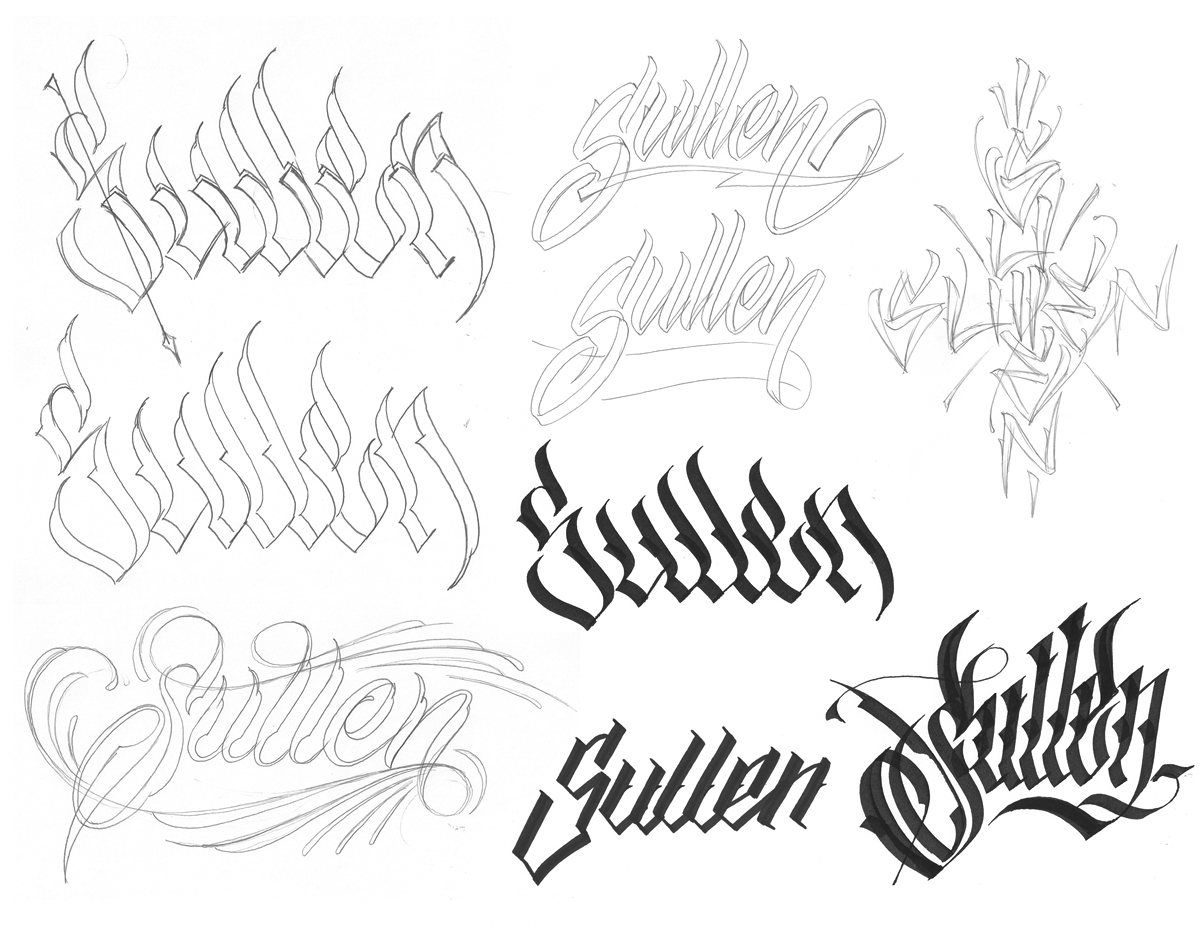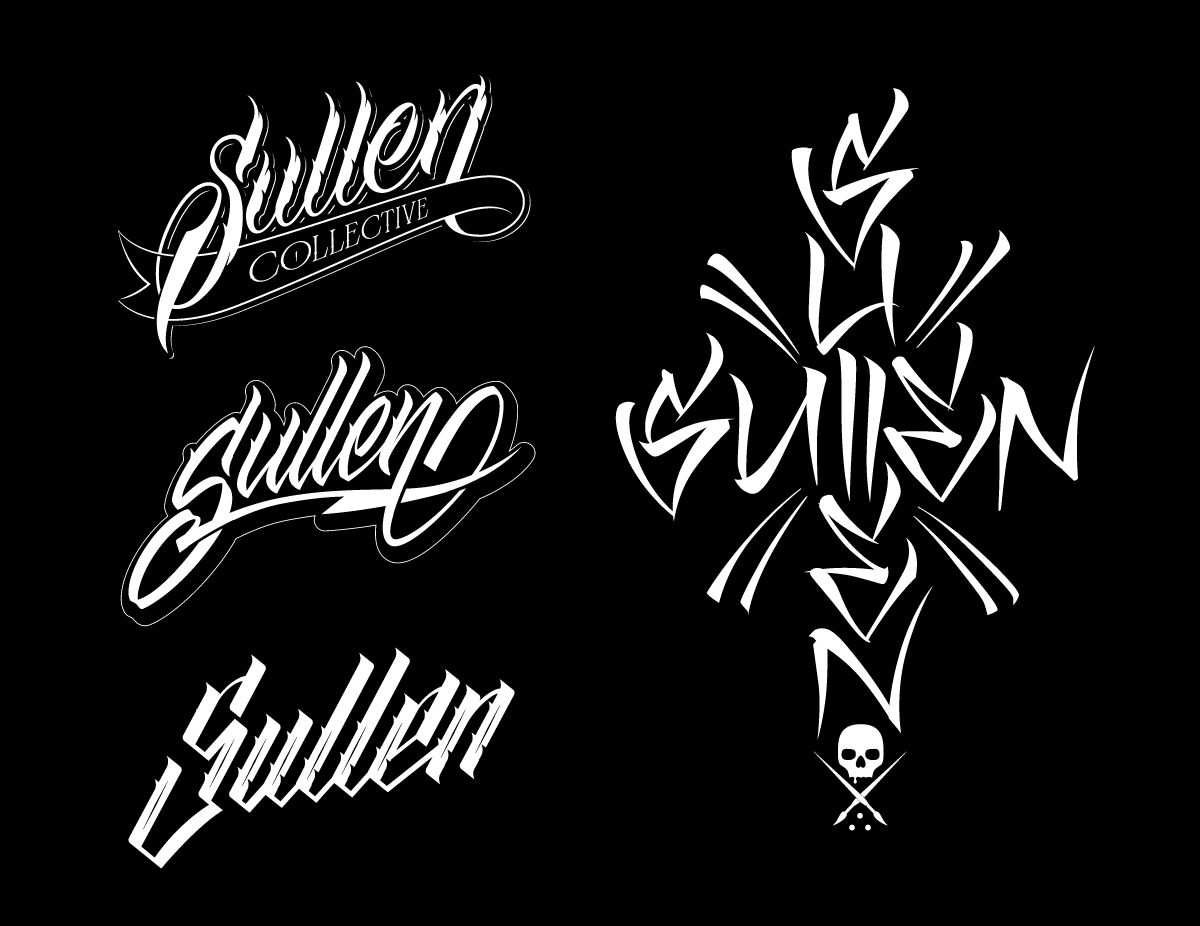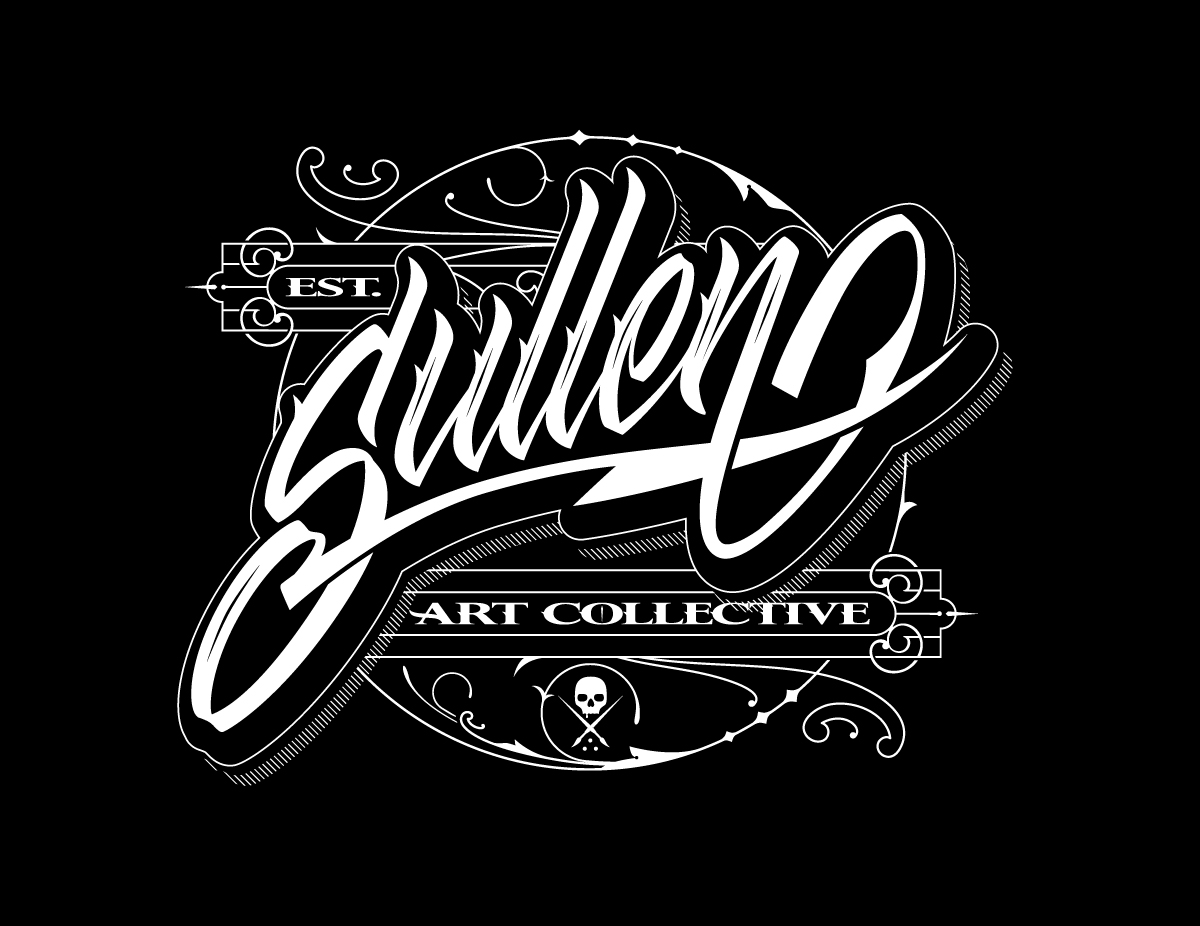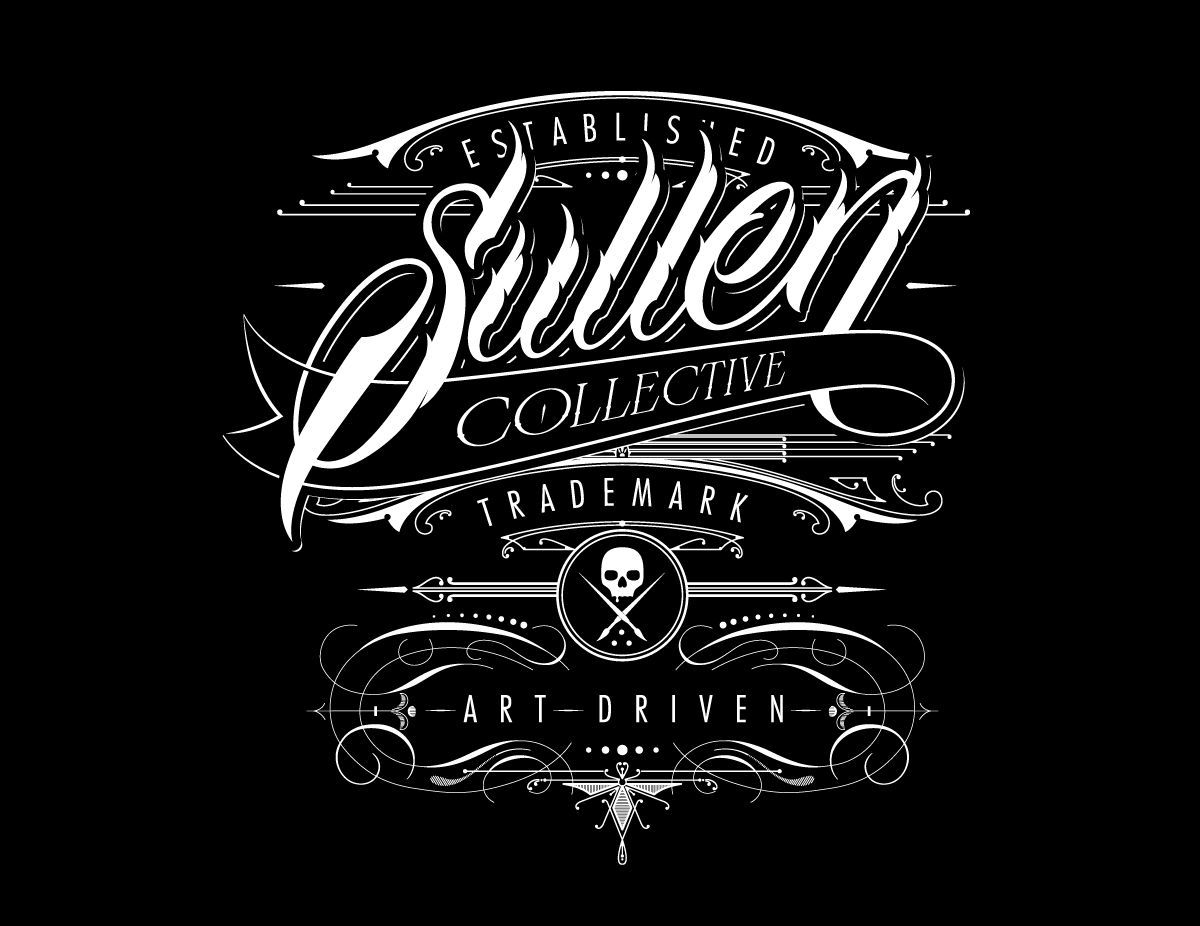Question:
1. Do you only work with larger brands?
2. Do you prefer larger or smaller brands?
Answers:
1. Do you only work with larger brands?
NO! This would go against most things I believe in. For me it has never been about the size of the client. Most artists in this industry have this narrow focal point of wanting to work with large clients. They believe that this somehow validates them as a creative. As if they needed to land those clients to prove to themselves and the world watching that they have “arrived”. My focal point has always been on the craft. The only major goal I have is to push my abilities to their maximum potential. Narrowing my client base to just larger brands would be missing out on great opportunities from other areas!
2. Do you prefer larger or smaller brands?
I never think about it as a “one or another” proposition. Both groups have pro’s and con’s but at the end of the day my focal point is on pushing my creative boundaries so I never pass up an opportunity to create (if the idea inspires / challenges me!)
Larger brands:
Pro’s: Larger brands tend to have larger budgets. This is never a guarantee but for the most part they are willing to enter in to a deeper relationship and financial commitment to get what they want.
Larger brands can be leveraged in your portfolio to catch the attention of other brands. While I believe it should never be seen as an indicator of personal success (ego) it does have weight in the market when other brands are considering whether or not to hire you. This is a sad game in the industry but one that should be played if you seek larger clients.
Con’s: Larger brands usually have a set stylistic tone that the want you to create in. They are less willing to take creative “chances” considering that they have a position in the market and established following that purchases their products.
Larger brands like to keep you quite and keep your talent. NDA’s (Non Disclosure Agreements) and NC’s (Non Compete Agreements) go hand in hand with most larger clients. They do not want their competition seeing what they are up to and they don’t want the art you create being hijacked by other artists before they go to market!
Smaller brands:
Pro’s: Smaller brands are more passionate about their “Baby!”. This passion is contagious, it’s energizing and refreshing. It sends you off to represent that brand as if it were your own!
Smaller brands are more likely to take creative risks. They are willing to let you “do your thing” and dream outside their current stylistic tone! This freedom is exciting. It gives you the opportunity to develop certain ideas or techniques you have been working on in your head or side projects. It allows you freedom to see where and what you can do!
Con’s: Smaller brands occasionally have the mentality that because their budget is smaller your pricing should be. I rarely ever cut my pricing. It sends a few messages. #1. I don’t believe in my own work and it’s worth and #2. Because I cut you a break you believe that any future project falls under this pricing guidelines! My time, commitment and quality is the same for all clients so my pricing is fair!
Smaller brands come and go! Unfortunately I have seen so many brands start out only to die a year later! This is for a variety of reasons (from business practices to lack of marketing) but as fast as they hire you for a gig they disappear just as fast!
I make it a point to work with brands big and small for various reasons but one thing is constant. I always ensure that I treat their brand and project as if it were my own!















